Justin McCarthy and Scott Dekoster for Gallup:
Nearly one in four Americans (23%) report eating less meat in the past year than they had previously, while the vast majority (72%) say they are eating the same amount of meat. […]
Certain groups are more likely than others to say they have eaten less meat in the past year:
• Women are about twice as likely as men to report having cut down on meat consumption.
• Nonwhites report having reduced meat in their diets at a higher rate than whites.
• Midwesterners are less likely to be reducing their meat consumption than adults in other parts of the country.
• About one in four residents of cities and suburbs have reduced their meat consumption, while residents in rural areas are less likely to report having done so.
This follows the report that 4 in 10 had reported trying plant-based meats in 2019.
